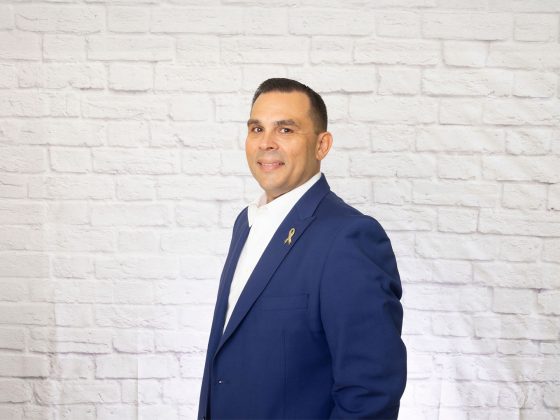Strategic thinking is the ability to analyze competitive dynamics, detect emerging trends, and identify opportunities and threats that impact an organization’s long-term vision and goals. It extends beyond day-to-day operations to focus on the bigger picture.
For new leaders accustomed to tactical execution, cultivating a strategic mindset requires effort. But strengthening strategic thinking capabilities better equips leaders to drive innovation, guide effective decision-making, and position teams to thrive in evolving contexts.
Adopting a Forward-Looking Mindset
Leaders often immerse themselves in current priorities, losing sight of forthcoming challenges that may disrupt the status quo. By consciously focusing less on the present, and more on the horizon, leaders can detect faint signals that inform strategic foresight.
This involves tracking beta launches, industry partnerships, competitor initiatives and other patterns indicating where needs, trends and markets are heading. Leaders must then envision plausible scenarios, weighing probabilities and possibilities to map out potential futures.
Thinking iteratively about the longer-term prepares organizations to get ahead of threats and opportunities, instead of perpetually reacting as things unfold.
Seeking Diverse Perspectives
Strategic blindspots emerge when leaders anchor too narrowly to their own experiences without input from those with different vantage points. Seeking divergent opinions delivers more objective insights on the competitive ecosystem and constituent needs for charting strategic direction.
Leaders should consult both internal cross-functional partners, and external ecosystem players to widen the strategic aperture. Different lenses expose leaders to alternate realities, preventing insular thinking. This diversity of thought fuels creative strategies.
Driving Scenario Planning
Rather than betting on single forecasts, savvy leaders stress-test multiple scenarios exploring various market fluctuations, partnerships, competitor Wild Cards, and other variables that may materialize.
Mapping out hypothetical situations — best case, worst case, most likely case — allows organizations to pressure-test the viability of long-term plans across different futures. This fluid perspective steels strategy resilience rather than anchoring to static projections.
Leaders must spearhead ongoing scenario modeling to ensure strategic plans remain relevant as uncertainties unfold. Aligning current decisions with long-term optionality across plausible futures unlocks organizational agility.
Balancing Zoom In, Zoom Out
Although leaders must scan beyond horizons when strategizing, day-to-day grounding remains vital. Those overly fixated on 10,000 foot views may craft elegant strategies that fail operational realities.
Leaders should regularly zoom in on granular details like team dynamics, technical dependencies and project roadblocks that impact execution. Zooming out to big picture context then allows translating insights into responsive strategies.
This fluidity between microscope and telescope perspectives prevents losing touch with on-ground realities when gazing afar. Aligned strategic and operational views enable sound strategies.
Institutionalizing Strategic Reflection
With daily urgency crowding calendars, leaders often struggle to dedicate time for open-ended strategic thinking. But failing to regularly step back breeds tactics without strategy.
Institutionalizing space for strategic reflection ensures this long-term perspective is exercised for sharpening plans, factories and decisions. Monthly off-site sessions, quarterly leadership workshops and annual strategy retreats induce this habitual mindset across the organization.
Carving out protected strategic thinking time catalyzes the high-impact leadership necessary for navigating markets creatively into the future.
The volatility of today’s environments demands leaders develop muscles for sophisticated strategic thinking. Harnessing tools like scanning, scenarios and institutional reflection allows discovering opportunity in uncertainty. Future-proof strategies emerge when leaders make strategic thinking a habitual organizational competence.
Image Source: pexels.com










